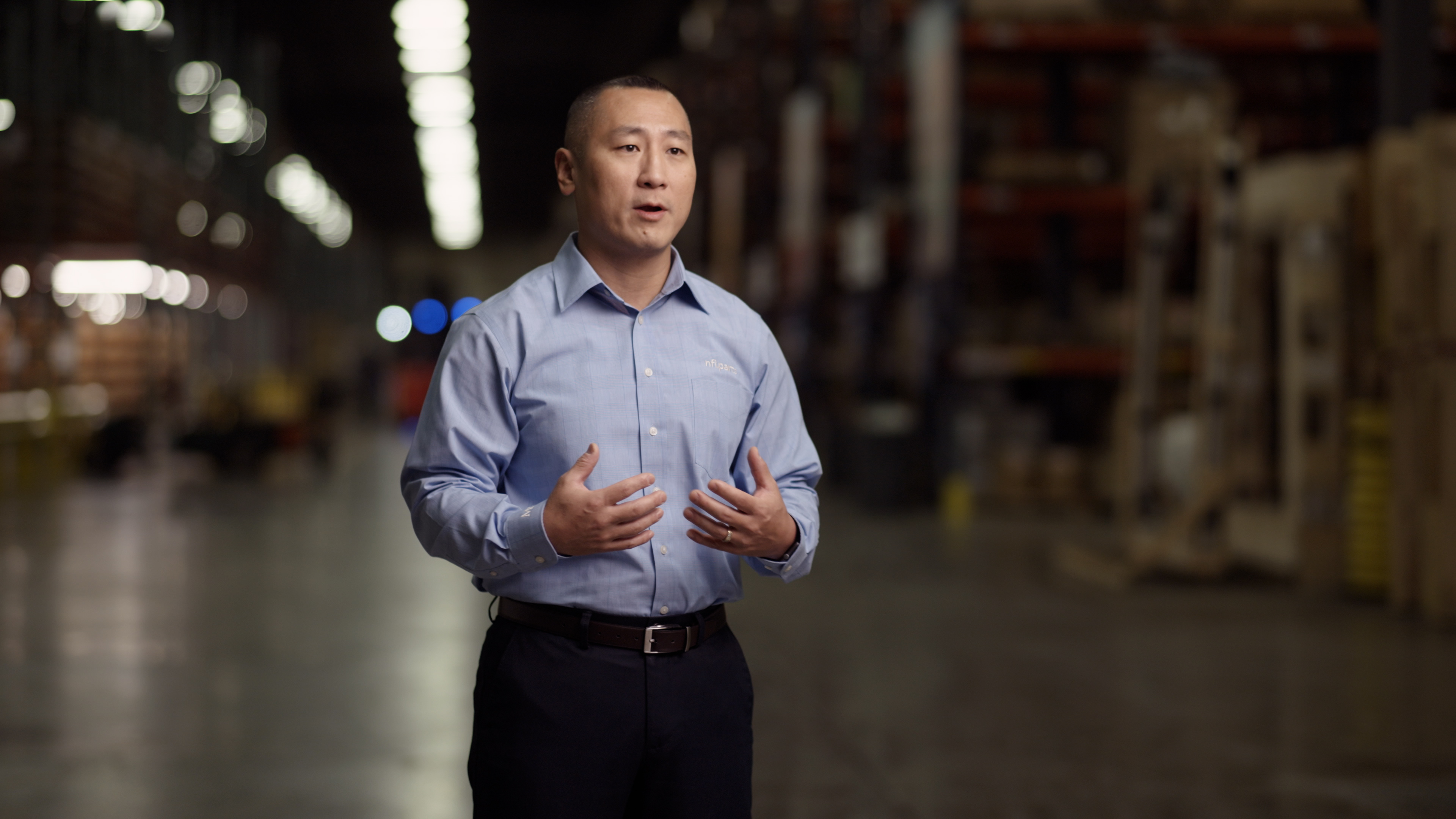
Right place, right time: NFI Parts optimizes working capital with Syncron Inventory
How does a world-leading parts provider support a fleet of over 75,000 vehicles? NFI Parts supports its customers by having parts in the right place at the right time. By leveraging Syncron Inventory, NFI Parts improved its service levels and minimized obsolescence. See how NFI Parts optimizes its working capital effectively with Syncron Inventory.
Full transcript
Phyllis Tapley:
Having inventory in the right place at the right time across all of the geographic regions that we support is critical.
Ben Zubiate:
We have a lot of different bus models and manufacturers, and we get our parts from all over the world. We have to be able to bring in the parts when we need them, where we need them, so that our customers can operate their coaches. There are a lot of unique challenges with inventory, especially in bus parts. We have to get the parts to customers. There are customers that rely on what we have to keep their motor vehicles running, to deliver people to their jobs, to take people on tours and vacations.
It became very apparent that as we grew as a company, we were definitely going to need something more robust, something more cutting edge and innovative. We partnered with Syncron that allows us to look at our inventory, make sure we can place and make smart decisions about where and how much inventory we place and what locations.
Phyllis Tapley:
Prior to selecting Syncron, we were using spreadsheet planning. As we continued to grow the business and add distribution centers, we definitely knew that we needed a more robust system in order to be able to effectively manage our working capital.
Ben Zubiate:
Syncron became a good fit for NFI Parts because we were looking for a solution that would remain innovative, something that would continue to grow and grow with us as a company. The Syncron team came in, they understood our inventory and they were able to fairly quickly integrate. We wanted to make sure that we did our integration as close to the off-the-shelf solution as possible so that we would minimize any downtime.
We measure our results through our standard KPIs, like fill rate, working capital investment, inventory turns. I think that you’ll find that almost every supply chain or every company in the world will measure their same; they have those same key performance indicators to measure their success.
Phyllis Tapley:
We implemented Syncron in 2018. From there, have seen improvements in our visibility of planning, our service levels that we have achieved, our minimizing obsolescence. It has definitely enabled us to continue to grow, to add the part numbers that our organization will continue to do to support all of these variations of vehicles that are out there for the life of those vehicles.”

